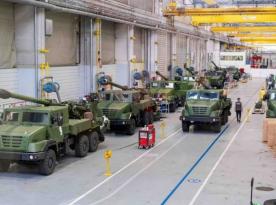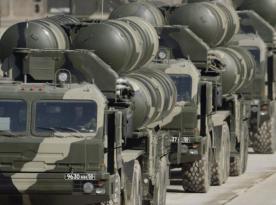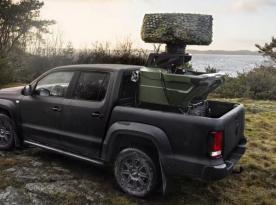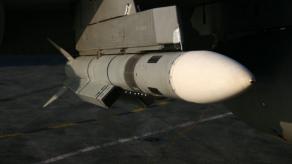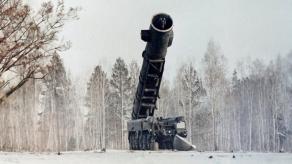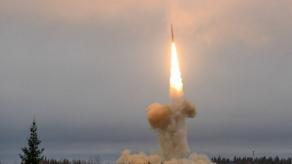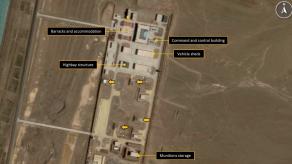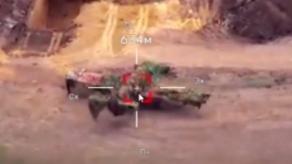United States, as part of its new National Defense Strategy, plans to focus primarily on defending its own territory from various threats, which will naturally have an impact on the security situation in Europe. President Donald Trump has repeatedly emphasized that European countries should take better care of their own defense and spend more on military capabilities.
This topic has been raised multiple times in previous analyses, including discussions about how much NATO's European forces could handle without U.S. support and whether they would be sufficient against russia.
Read more: Troubled Ajax Strikes Again: British Soldiers Hospitalized After Training

Today, U.S. defense experts suggest that, instead of deploying traditional large units with heavy armor, the United States could station expeditionary forces in Europe in the form of mixed battalions equipped with various types of unmanned aerial vehicles.
Benjamin Jensen, director of the Future Lab at the respected Center for Strategic and International Studies, noted in an analysis cited by Defense News that these U.S. units, equipped with different types of drones, would support European NATO forces, combining modern technologies with more traditional weapon systems such as tanks, infantry fighting vehicles, armored personnel carriers, and self-propelled artillery.

Imagine that instead of a battalion of 1,000 troops, there is a 250-strong battalion rotating shifts, with 500 FPV drones and octocopters, Jensen explains. While this idea currently exists only as a conceptual framework, in cases where the alternative is no support at all, it appears to be a viable solution given limited U.S. support for NATO in Europe.
It is important to understand the potential capabilities of U.S. drone support. On one hand, the U.S. is experiencing a genuine boom in unmanned systems, including the procurement of various drone types, the creation of new units, and the development of operational concepts. Moreover, U.S. companies are enhancing or designing new models, some tested directly under combat conditions in Ukraine.

On the other hand, progress is sometimes slowed by unnecessary testing cycles, bureaucracy, and a lack of flexibility. For instance, it took several years and a separate project for the U.S. Army to prepare for the first successful grenade drop from a drone.
Meanwhile, Europe is also advancing in unmanned systems, including ground robotics. Earlier reports noted that France plans to create its first autonomous unit combining unmanned ground vehicles (UGVs) and drones, which is expected to be operational by summer 2026.
In short, the U.S. approach envisions smaller, more agile UAV-equipped units supplementing European NATO forces, reflecting both a shift in American defense priorities and the growing importance of drones and autonomous systems on the modern battlefield.
Read more: From FPV to Fixed-Wing: russia Equips Molniya Drones with Machine Vision





